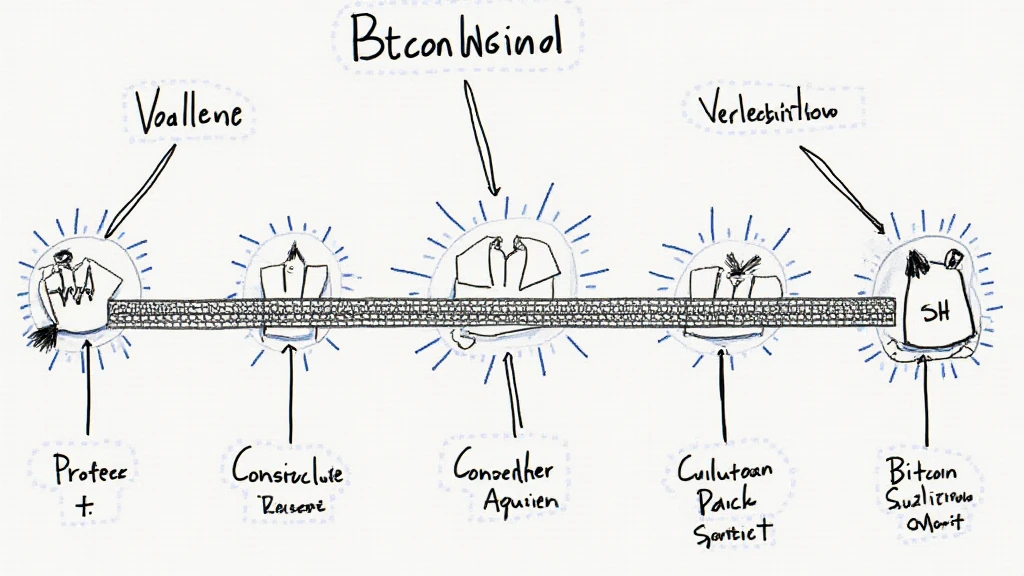Understanding Bitcoin Blockchain Consensus Mechanisms
Understanding Bitcoin Blockchain Consensus Mechanisms
As the world witnesses an unprecedented rise in digital currencies, the security and efficiency of blockchain systems have become paramount. In 2024, losses related to decentralized finance (DeFi) hacks totaled around $4.1 billion, highlighting the importance of reliable consensus mechanisms. This article delves into the various consensus mechanisms that govern Bitcoin’s blockchain while addressing their vulnerabilities and future trends.
What Are Consensus Mechanisms?
Consensus mechanisms are essential algorithms used in blockchain networks to achieve agreement among distributed systems. They ensure that the transactions are recorded accurately and that all participants maintain a consistent view of the blockchain. Like a bank vault for digital assets, these mechanisms protect against double-spending and fraud.
There are several types of consensus mechanisms, each with its strengths and weaknesses:

- Proof of Work (PoW): Utilized by Bitcoin, PoW requires miners to solve complex mathematical problems to validate transactions.
- Proof of Stake (PoS): PoS incentivizes users to hold cryptocurrencies to validate transactions, reducing energy consumption compared to PoW.
- Delegated Proof of Stake (DPoS): This mechanism allows stakeholders to elect delegates to participate in the consensus process.
- Practical Byzantine Fault Tolerance (PBFT): PBFT is a consensus algorithm that allows for fault tolerance in a distributed network.
The Role of Proof of Work in Bitcoin
Bitcoin’s reliance on Proof of Work has been fundamental to its initial success. By requiring miners to invest computational power and electricity, the network becomes secure. However, this has led to concerns surrounding energy consumption. According to the Cambridge Centre for Alternative Finance, Bitcoin’s energy usage has skyrocketed, raising alarms about its environmental impact.
Consensus Mechanism Vulnerabilities
Despite their strengths, consensus mechanisms are not without vulnerabilities:
- 51% Attacks: If a miner or group of miners controls more than 50% of the hashing power, they can manipulate the network.
- Sybil Attacks: Attackers create multiple fake identities to gain influence over the network.
- Transaction Malleability: This issue allows attackers to alter transaction IDs before they are confirmed.
The Vietnamese Market and Consensus Mechanisms
In Vietnam, the increasing number of crypto users reflects a growing interest in blockchain technology. As of 2024, approximately 7% of the population actively participates in cryptocurrency markets, making it crucial to understand the consensus mechanisms behind these digital currencies. The rise in local exchanges points to a potential shift towards integrating more robust consensus models.
With this growth, Vietnamese regulators are keen on establishing standards for tiêu chuẩn an ninh blockchain, focusing on enhancing consumer protection and curbing fraud in digital asset transactions.
Future Trends in Consensus Mechanisms
The evolution of consensus mechanisms is a significant area of research and development. Innovations like sharding and layer-two solutions are gaining traction. Here are some anticipated trends:
- Hybrid Models: Combining PoW and PoS could provide a balanced approach to security and resource usage.
- Increased Regulation: Regulatory bodies may implement requirements for consensus mechanisms to enhance security in the Vietnamese crypto space.
- Scaling Solutions: As user adoption increases, Layer 2 scaling solutions like the Lightning Network for Bitcoin could alleviate congestion.
In conclusion, Bitcoin’s blockchain consensus mechanisms play a critical role in securing digital transactions. Understanding these mechanisms, their vulnerabilities, and the growing interest in Vietnam can help inform users and investors alike. With the regulatory landscape evolving and user adoption increasing, it’s pivotal to stay informed about these developments. For more insights about cryptocurrency safety standards and best practices, visit hibt.com.
Meet Our Expert
Dr. Alexander Tran, a blockchain technology researcher, is the author of over 30 papers in the field and led multiple audits for prominent projects in the crypto space. His extensive experience and commitment to education continue to shape discussions around blockchain security and consensus mechanisms.


